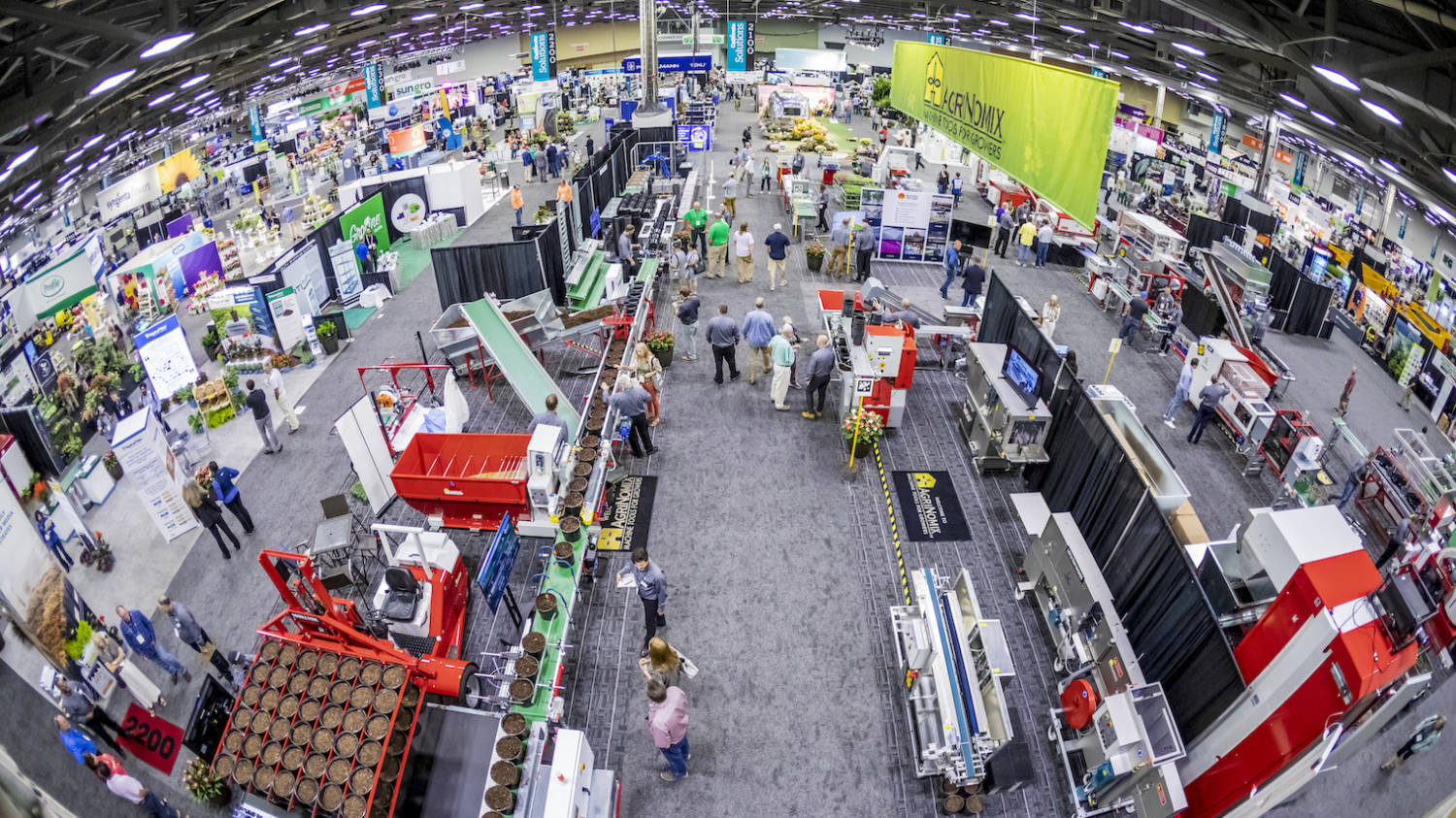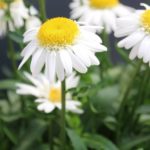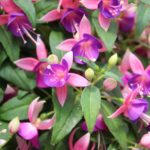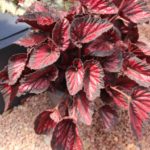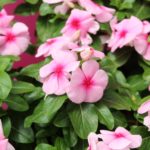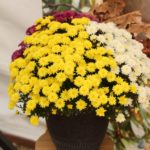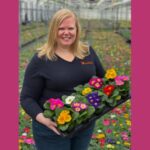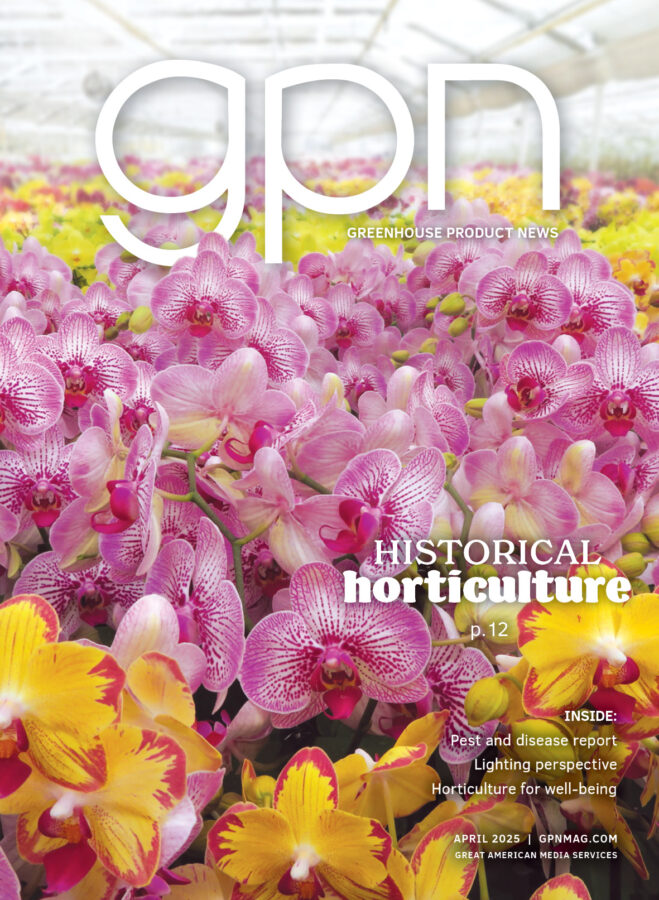Sensory Engaging Plants for Therapeutic Gardens
As green industry professionals, we have firsthand experience with the restorative benefits of tending gardens and growing plants. For the past 10+ years since earning my horticultural therapy certificate and additional training, I have facilitated therapeutic horticulture programming, using creative ways to connect the benefits of plants and nature experiences with clients of various ages, abilities, and cultural backgrounds in different settings.

In situations where indoor or outdoor plant-centric spaces are developed for my clients, careful planning goes into the creation of the therapeutic garden space. A therapeutic garden is defined by the American Horticultural Therapy Association as “a plant-dominated environment purposefully designed to facilitate interaction with the healing elements of nature.”
Whether in a collection of raised planters and hanging baskets or an in-ground garden, there are several sensory engaging plants that I prefer to use in these outdoor spaces. Plant selection is based on cultural familiarity to clients, unique sensory qualities, ease of growth and care in the garden, budget, scale of garden and intended program uses.
Sensory engaging plants offer a combination of interesting tactile, olfactory, aural, visual and gustatory characteristics. With endless possibilities of plants ideal for therapeutic gardens, below are some herbs and ornamental plants I use with clients.
It is important to note that when working with vulnerable populations, including individuals with cognitive impairments and certain medical conditions, you need to screen plants for their safe use in the garden space. I look for plant toxicity, thorns, caustic properties, and other potentially irritating or hazardous qualities and select accordingly. Plants with vigorous or unruly growth habits (think: mint) or a short growing season are carefully considered before use and often planted in pots for better management.
Citrus scented plants. Besides the flavors of vanilla, chocolate and strawberry, citrus scents are universally appreciated, anecdotally speaking. Consider herbs featuring a range of citrus scents, including lemon thyme, lime basil, lemon balm, grapefruit, mint and orange-scented geranium. Lemon verbena is a client favorite for its bright lemon scent, which smells like lemon drop candies.
Basil. Clients are often surprised by the basils available — ‘Mrs. Burns’ lemon, cinnamon, purple leafed, boxwood, Thai, and standard sweet basil, among others. I love variegated ‘Pesto Perpetuo’. Its green and creamy white variegation looks great in a mixed planting and is good for culinary use in savory recipes and herbal compound butters.
Rosemary. Rosemary means “remembrance” in the Language of Flowers. Perhaps that’s because after touching its foliage, its scent lingers and inspires reminiscing of the garden walk or an unrelated memory of a loved one. Though I don’t have a specific variety preference and like both the upright and trailing forms, I love its bright blue flowers and culinary and fragrant floral arranging uses.
Lavender. There are many stress-reducing uses for lavender — sachets, handmade spa products, infused drinks and baked goods, and so on. When growing lavender, I have had success with fernleaf lavender (Lavandula multifida), ‘Goodwin Creek’ and the lovely ‘Phenomenal’.
Scented geranium. A standard program plant, scented geraniums are ideal for indoor and outdoor sensory growing because they offer various fragrances, leaf textures, and bloom colors, and have multiple herbal uses, including potpourri making and plant propagation activities. I prefer lemon scented geraniums (over minty-lemon options), as well as ‘Orange Fizz’, ‘Lady Plymouth’, rose, chocolate mint and more.
Soft plants. Plants with soft and fuzzy leaves are popular for their tactile features. These include Dusty Miller (I like ‘New Look’ and ‘Silverdust’), ‘Angel Wings’ senecio, lamb’s ear, purple leaf sage (Salvia officinalis ‘Purpurascens’), silver sage (Salvia argentea), cardoon (Cynara cardunculus — can get prickly) and ‘Silver Shield’ plectranthus.
Pollinator plants. Pollinators are key ingredients to therapeutic gardens because they encourage moment-making opportunities for observation and discovery, and evoke a sense of awe and wonder. I intentionally use certain host plants, such as dill and bronze fennel, that caterpillars love to browse, and nectar plants, like pineapple sage (I like ‘Golden Delicious’) and Tithonia, on which hummingbirds and butterflies feed.
Ornamental grasses. Grasses offer movement and sound in the wind and interesting textures in the garden year-round. I like to use Mexican feather grass (Nassella tenuissima), lemon grass (Cymbopogon citratus) and pink muhly grass (Muhlenbergia capillaris).
Seasonal annuals. To keep clients planting season to season and provide ongoing programming, we often change out annuals with colorful flowers and foliage. These include annual vinca (Catharanthus roseus, I like Cora and Cora Cascade series), coleus, gomphrena, celosia, sweet potato vine, zinnia, petunia, pentas, sunflower, marigold, pansy, snapdragon, Swiss chard and more.
For more information, go to www.ahta.org/about-therapeutic-gardens.



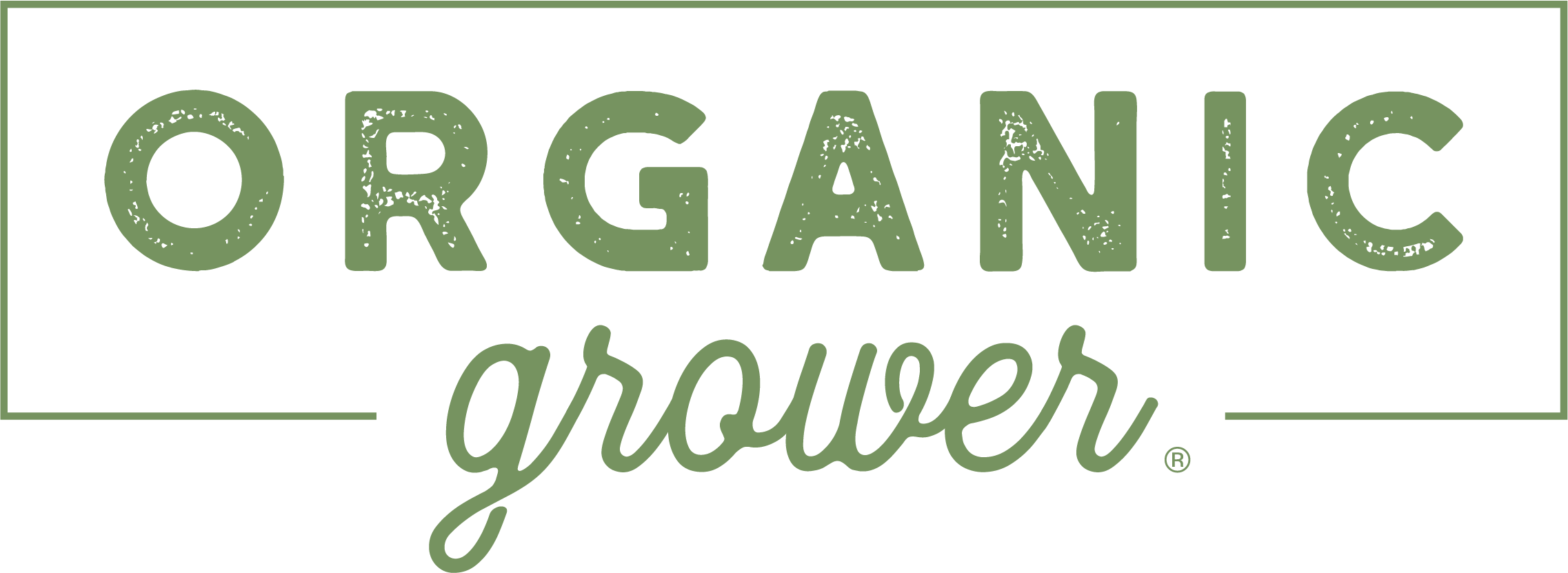





 Video Library
Video Library 
